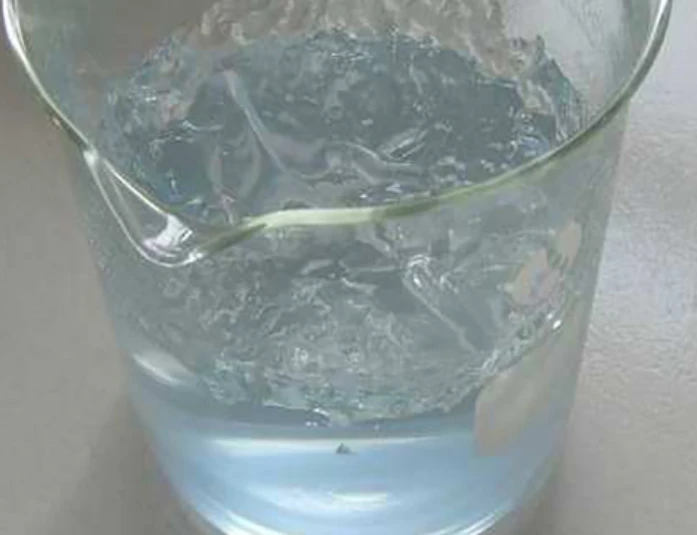polyacrylamide production
Polyacrylamide Production Processes, Applications, and Future Trends
Polyacrylamide (PAM) is a versatile polymer used in various industries, primarily for its exceptional properties in water treatment, soil stabilization, oil recovery, and many other applications. The process of producing polyacrylamide has evolved over the years, leveraging advancements in chemistry and polymer science. This article explores the production processes, applications, and the future trends in polyacrylamide production.
Production Processes
The production of polyacrylamide typically involves the polymerization of acrylamide monomers. The process can be initiated through various methods, including radical, ionic, or coordination polymerization. The most common technique is free radical polymerization, which can occur either in aqueous or non-aqueous systems, depending on the desired properties of the final product.
1. Raw Material Preparation The primary raw material for polyacrylamide production is acrylamide, which can be synthesized from acrylonitrile. The production of acrylamide begins with the hydrolysis of acrylonitrile, which produces a mixture of acrylamide and ammonium sulfate. This mixture is then treated with strong acids or bases to achieve the desired purity.
2. Polymerization The purified acrylamide monomers are subjected to polymerization using initiators that create free radicals. Common initiators include potassium persulfate, sodium persulfate, or hydrogen peroxide. The reaction conditions (temperature, pH, and concentration) are carefully controlled to ensure high conversion rates and to reduce the formation of unwanted by-products.
3. Post-Processing After polymerization, the resulting polyacrylamide solution may undergo various post-processing treatments, such as precipitation, filtration, and drying, to achieve the desired viscosity and molecular weight. The final product can be obtained in several forms, including powders or emulsions, depending on its application.
4. Modification Polyacrylamide can be further modified to enhance its properties. For example, the incorporation of functional groups can increase the polymer's effectiveness as a flocculant in water treatment processes or improve its compatibility with diverse soil types for agricultural uses.
Applications of Polyacrylamide
The applications of polyacrylamide are vast, reflecting its flexibility as a polymer. Some of the most significant applications include
1. Water Treatment Polyacrylamide is extensively used in municipal and industrial water treatment processes as a flocculant. It assists in the aggregation of suspended particles, facilitating their removal from wastewater and improving the quality of treated water.
polyacrylamide production

2. Agriculture In agriculture, polyacrylamide is employed to enhance soil moisture retention, prevent erosion, and improve crop yields. Its water-retention capabilities are particularly beneficial in arid regions where water resources are limited.
3. Oil Recovery PAM is utilized in enhanced oil recovery (EOR) techniques by improving the viscosity of water injected into oil reservoirs. This process helps in mobilizing trapped oil, thus enhancing production efficiency.
5. Cosmetics and Personal Care In cosmetics, polyacrylamide serves as a thickener and stabilizer in various formulations, contributing to the texture and effectiveness of lotions, creams, and gels.
Future Trends
As the demand for sustainable practices increases, the production of polyacrylamide is likely to evolve toward greener and more efficient methods. Some trends to watch include
1. Biodegradable Alternatives Researchers are exploring the synthesis of biodegradable polyacrylamide formulations, which can minimize environmental impact.
2. Recycling and Reuse Advances in recycling technologies may allow for the reclamation and reuse of polyacrylamide from wastewater, thus reducing the need for virgin materials and improving sustainability.
3. Personalization of Products With the increasing demand for customized solutions in various industries, there is a push towards producing tailored polyacrylamide products that meet specific customer requirements.
4. Enhanced Functionality Innovations in chemical modifications can lead to polyacrylamide products with enhanced functionalities, such as higher efficiency as flocculants or improved compatibility with different substrates in agriculture.
In conclusion, the production of polyacrylamide involves intricate processes that yield a polymer with diverse applications across multiple industries. As sustainability becomes a focal point in manufacturing, the future of polyacrylamide production holds promise for innovative practices that align with environmental goals. The continued research and development in this field will undoubtedly contribute to its growth and relevance in the years to come.
-
Water Treatment with Flocculant Water TreatmentNewsJun.12,2025
-
Polymaleic AnhydrideNewsJun.12,2025
-
Polyaspartic AcidNewsJun.12,2025
-
Enhance Industrial Processes with IsothiazolinonesNewsJun.12,2025
-
Enhance Industrial Processes with PBTCA SolutionsNewsJun.12,2025
-
Dodecyldimethylbenzylammonium Chloride SolutionsNewsJun.12,2025





